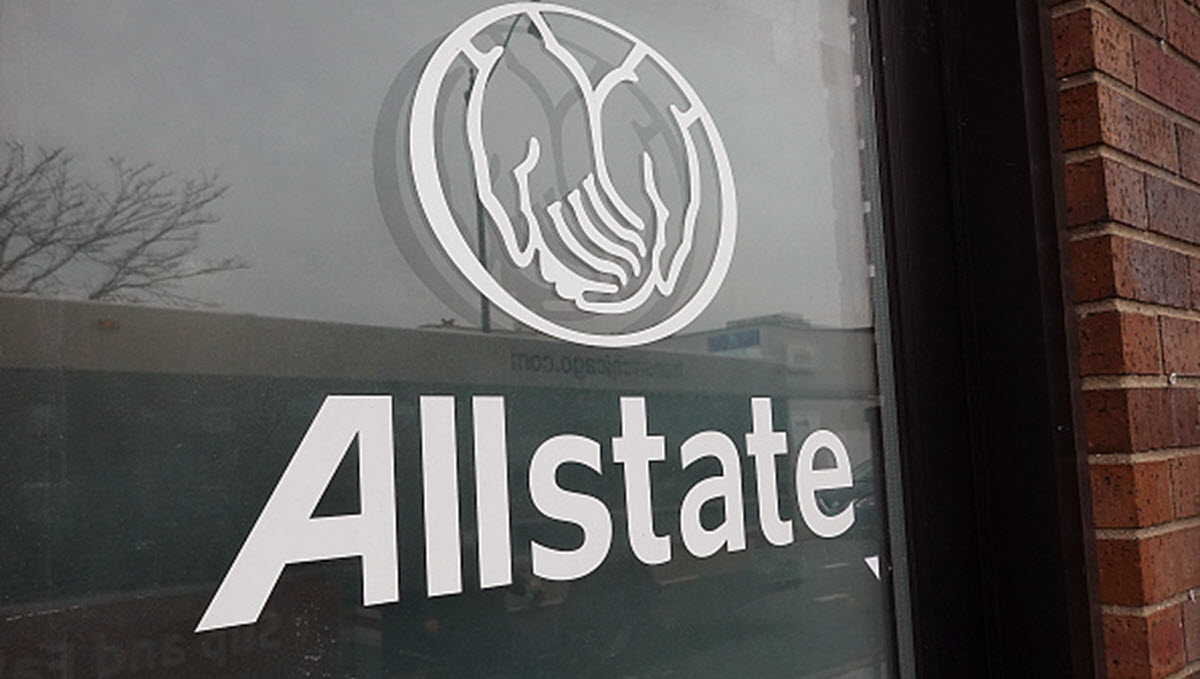The fees to attend California's community colleges are by far the lowest in the United States less than half the national average yet at least 40 percent of the 2.4 million students in the largest U.S. system of higher education do not pay them.
The reasons? An unusual financial aid program and a half-century-old vision that made affordability and open access the chief purpose of the two-year schools.
The costs are so low at $1,380 a year for a full-time load and are so frequently waived for students who meet income and social eligibility criteria that during the recent economic downturn the system relinquished more fee revenue $577 million than the $361 million it collected, according to 2011-12 data from the California Community College chancellor's office. After steep state spending cuts forced colleges to reduce course offerings and turn students away, college leaders, lawmakers and experts are questioning whether California can afford such generosity.
The 112-college system's governing board has begun a slow but steady process of restricting its popular fee waivers, which have been criticized for carrying few conditions and income cutoffs that could allow a family of four earning as much as $90,000 annually to qualify.
On Tuesday, the board will vote on a plan that would require students with fee waivers to maintain at least a C-average over two consecutive terms and to show adequate progress by taking at least half of their courses for credit. Under the change, which exempts the disadvantaged and would take effect in Fall 2016, as many as 48,479 recipients could lose their fee waivers, said Linda Michalowski, vice chancellor for student services and special programs.
``For a student to enroll and do poorly academically, drop out, come back and do poorly, that does not correlate with student success, yet our policy on the fee waiver has said it doesn't matter; you can fail and fail and fail and come back and we will support you again,'' Michalowski said. ``That doesn't benefit anybody.''
Many supporters of the proposed shift argue it does not go far enough in addressing the financial realities of a system that is supposed to put some students on a path to a four-year university, prepare others for careers that do not require baccalaureate degrees, and serve older adults and high school students who take classes for enjoyment or resume-sprucing at a price that covers less than a quarter of the actual costs. Steve Boilard, a former legislative higher education analyst who now directs the Center for California Studies at Sacramento State, said the recession exposed a dilemma:
Local
How do you keep fees the lowest in the nation while making state-backed waivers so widely available?
As state funding declined by $1.5 billion over four years, lawmakers raised fees three times, to the current price of $46 per unit. But nearly all the anticipated revenue was eaten up by the waivers and colleges ended up cutting courses and enrollment anyway, said Boilard, who thinks the state needs to look hard at further restricting waivers and substantially raising the admission price.
``The community college system is supposed to be affordable for all, but we have shot ourselves in the foot by trying to achieve that through low tuition,'' he said. Long Beach City College President-Chancellor Elroy Oakley, who estimates four of every five course credits taken by his 31,000 students are subject to waivers, said it's time for the state to re-examine fee exemptions and other financial aid, as well as a dramatic fee increase.
``There is a lot of room to raise more revenue and still be below the national average in terms of fees,'' Oakley said. If the fees were higher, students could still access federal aid and ``would be paying nothing more, and then that money would be going back into the institutions, which is, frankly, what 49 other states in the nation do,'' he said.
Oakley recently championed a bill signed by Gov. Jerry Brown that allows Long Beach City College and five other community colleges to offer high-demand courses at non-subsidized prices during short summer and winter sessions. Community college system Chancellor Brice Harris, along with some students and faculty, oppose the experiment as a bad precedent that prioritizes an education for those who can most easily afford it. Critics of the current system note that California could charge more than double what it does now and still would be below the average of what it costs to attend community colleges in the next 10 most populous states.
That California's community colleges are so inexpensive is a legacy of its exalted 1960 Master Plan for Higher Education, which established the state's three-tier college system. Under the plan, the colleges' primary mission was to ``offer academic and vocational instruction at the lower division level for both younger and older students.'' Western Interstate Commission for Higher Education President David Longanecker has been trying to convince California officials that the 1960 plan needs to be revamped or scrapped.
``In the 20th Century, we were trying to encourage people to go to college and that made a heck of a lot of sense in the 1960s when California was a wealthy state,'' Longanecker said. ``Today, California is no longer a wealthy state and we are turning people away from college who want to come. What we have now is a low-cost pricing scheme that is starving the system and doesn't make sense in the 21st Century.''



